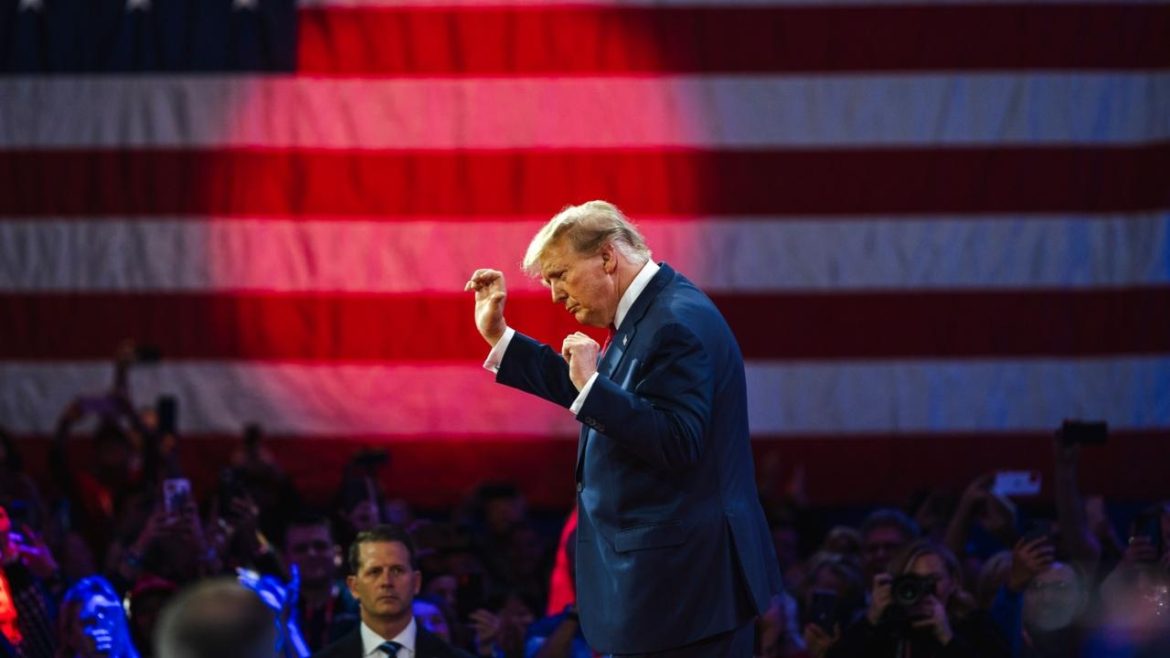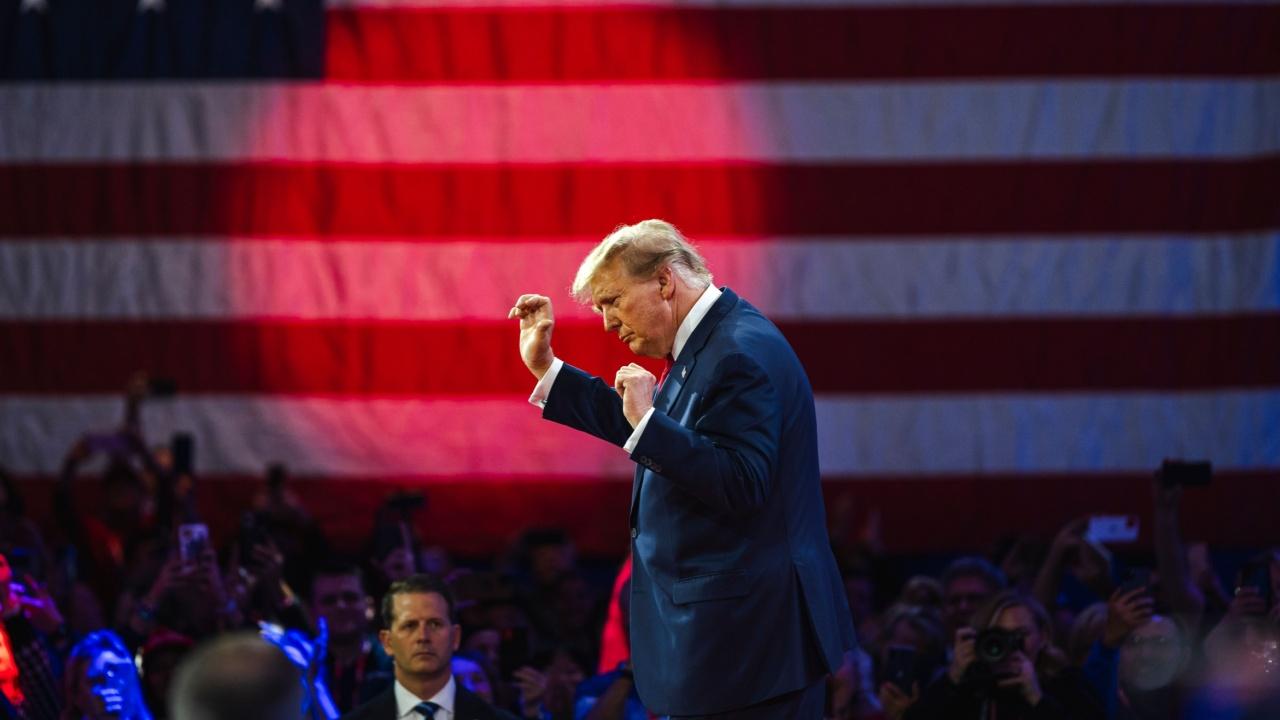The Strategic Calculus Behind Trump’s Tariff Blitz
Introduction: A New Era of Trade Warfare
The global trade landscape has long been governed by a delicate balance of cooperation and competition, with tariffs serving as a tool of last resort. However, Donald Trump’s presidency disrupted this equilibrium, transforming tariffs into a weapon of economic and political leverage. The recent imposition of a 50% tariff on Brazil and a 35% tariff on Canada, coupled with the extension of relief for Mexico, underscores a bold and unconventional approach to trade policy. This report explores the motivations, implications, and potential consequences of these tariff measures, offering a comprehensive analysis of their impact on international trade relations.
The Anatomy of a Trade Dispute: Brazil and Canada in the Crosshairs
Brazil: A 50% Tariff and the Politics of Retaliation
The imposition of a 50% tariff on Brazilian goods marks one of the most aggressive trade actions taken by the Trump administration. This drastic measure is not merely an economic maneuver but a calculated political strategy. The tariff appears to be a direct response to Brazil’s actions against U.S. social media companies and the legal proceedings against former President Jair Bolsonaro. By targeting Brazil’s economy, the U.S. aims to exert pressure on the Brazilian government to alter its policies or actions.
The rationale behind this tariff is multifaceted. On one hand, it serves as a form of economic retaliation, designed to inflict pain on Brazil’s export-dependent economy. On the other hand, it is a clear signal to other countries that the U.S. will not hesitate to use trade measures to influence political outcomes. This approach, however, risks being perceived as heavy-handed and could strain diplomatic relations.
Canada: A 35% Tariff and the Quest for Leverage
The 35% tariff on Canadian imports, while less severe than the Brazilian tariff, still represents a significant barrier to trade. The specific reasons for targeting Canada are less clearly defined, but they likely stem from broader trade disagreements and a desire to exert pressure on Canada to renegotiate trade deals or align with U.S. interests.
Canada, as a close ally and major trading partner, has historically enjoyed a stable trade relationship with the U.S. However, the Trump administration’s aggressive trade policies have disrupted this dynamic. The tariff on Canadian goods can be seen as a tactic to force Canada to the negotiating table and secure more favorable terms for the U.S. This approach, however, risks alienating a key ally and could have unintended consequences for regional trade relations.
Mexico’s Reprieve: A Strategic Pause in the Trade War
In contrast to the tariffs imposed on Brazil and Canada, Mexico received a 90-day extension for trade negotiations. This reprieve suggests a strategic approach, aimed at securing a more favorable trade deal with Mexico. Given Mexico’s status as one of the U.S.’s largest trading partners, maintaining stable trade relations is crucial. The extension could be a calculated move to avoid disrupting supply chains and consumer markets while still leveraging the threat of tariffs to extract concessions.
The decision to extend relief for Mexico highlights the nuanced nature of Trump’s trade policies. While the administration is willing to impose tariffs on other countries, it recognizes the importance of maintaining stable trade relations with key partners. This approach, however, risks being perceived as inconsistent and could undermine the credibility of U.S. trade policies.
The Underlying Motivations: Beyond Economics
The imposition of tariffs is often justified on economic grounds, such as addressing trade imbalances or protecting domestic industries. However, a deeper examination reveals a complex web of motivations that extend beyond pure economics.
Political Leverage: Using Tariffs as a Tool of Influence
Tariffs can be a powerful tool for exerting political pressure on other countries. By imposing tariffs, the U.S. can influence the policies and actions of its trading partners. The Brazilian tariff, for example, is explicitly linked to the legal proceedings against former President Jair Bolsonaro. This suggests that the tariff is, at least partially, a form of political retaliation or intervention in Brazil’s internal affairs.
Economic Nationalism: Prioritizing Domestic Interests
The “America First” agenda prioritized domestic industries and sought to reduce reliance on foreign imports. Tariffs were seen as a way to protect American businesses from foreign competition and encourage domestic production. This approach, however, risks being perceived as protectionist and could strain relations with trading partners.
Renegotiation Tactics: Using Tariffs as a Bargaining Chip
The threat of tariffs can be a powerful bargaining chip in trade negotiations. By imposing or threatening tariffs, the U.S. aims to force other countries to the negotiating table and secure more favorable trade agreements. This approach, however, risks escalating trade tensions and could lead to retaliatory measures from trading partners.
Domestic Political Appeal: Resonating with the Electorate
Trade policies can resonate with specific segments of the electorate. Tough stances on trade, including the imposition of tariffs, can be popular among voters who feel that globalization has negatively impacted American jobs and industries. This approach, however, risks alienating other segments of the electorate and could have unintended consequences for domestic politics.
The Ripple Effect: Assessing the Impact of Tariffs
The imposition of tariffs can have far-reaching consequences, impacting businesses, consumers, and international relations. Understanding these potential impacts is crucial for assessing the effectiveness of tariff policies.
Increased Costs: The Burden on Consumers
Tariffs directly increase the cost of imported goods, which can be passed on to consumers in the form of higher prices. This can reduce purchasing power and negatively impact overall economic activity. The 50% tariff on Brazilian goods, for example, could significantly increase the cost of Brazilian products in the U.S., affecting consumers and businesses alike.
Disrupted Supply Chains: The Challenge of Adjustment
Tariffs can disrupt global supply chains, as businesses struggle to find alternative sources of goods or adjust to higher import costs. This can lead to production delays, reduced efficiency, and increased uncertainty. The 35% tariff on Canadian goods, for example, could disrupt supply chains that rely on Canadian imports, affecting businesses and consumers in both countries.
Retaliatory Measures: The Risk of Escalation
Countries targeted by tariffs often respond with retaliatory measures, imposing tariffs on U.S. exports. This can escalate trade tensions and lead to trade wars, harming businesses and consumers on both sides. The Brazilian and Canadian tariffs, for example, could trigger retaliatory measures from these countries, further escalating trade tensions.
Damage to International Relations: The Diplomatic Fallout
The aggressive use of tariffs can strain relationships with trading partners, undermining trust and cooperation. This can have long-term consequences for diplomatic and security alliances. The Brazilian tariff, for example, could strain relations with a key ally in Latin America, undermining U.S. influence in the region.
Market Distortion: The Inefficiency of Protectionism
Tariffs distort market signals, leading to inefficient allocation of resources. Protected industries may become complacent and less competitive, while consumers are forced to pay higher prices for goods and services. The Canadian tariff, for example, could protect certain U.S. industries from Canadian competition, but at the cost of higher prices for consumers and reduced efficiency in the protected industries.
A Gamble with Global Trade: Assessing the Risks and Rewards
Trump’s tariff policies represented a significant departure from traditional trade policy, characterized by multilateral agreements and gradual tariff reductions. The imposition of tariffs on Brazil and Canada, along with the temporary reprieve for Mexico, underscores a willingness to challenge established norms and prioritize short-term gains over long-term stability.
The effectiveness of these policies remains a subject of debate. While tariffs may provide temporary protection for certain domestic industries, they also carry significant risks, including higher prices for consumers, disrupted supply chains, and retaliatory measures from trading partners. The potential rewards, such as securing more favorable trade agreements or influencing the policies of trading partners, must be weighed against these risks.
Conclusion: Navigating the Tariff Minefield
The tariffs imposed on Brazil and Canada, coupled with the extended negotiations with Mexico, highlight the complexities and potential pitfalls of using tariffs as a primary tool of trade policy. While the motivations behind these actions may be multifaceted, ranging from economic nationalism to political leverage, the potential consequences are far-reaching and could have lasting impacts on global trade relations.
Ultimately, the success or failure of these policies will depend on a variety of factors, including the responses of the affected countries, the resilience of global supply chains, and the willingness of policymakers to engage in constructive dialogue and find mutually beneficial solutions. As the world navigates this era of trade uncertainty, a careful and nuanced approach is essential to avoid escalating tensions and safeguarding the benefits of international trade. The key question remains: will these tariffs pave the way for a more equitable and prosperous trading system, or will they trigger a destructive cycle of protectionism and retaliation? Only time will tell whether this tariff blitz proves to be a calculated strategy or a reckless gamble with the future of global trade.





